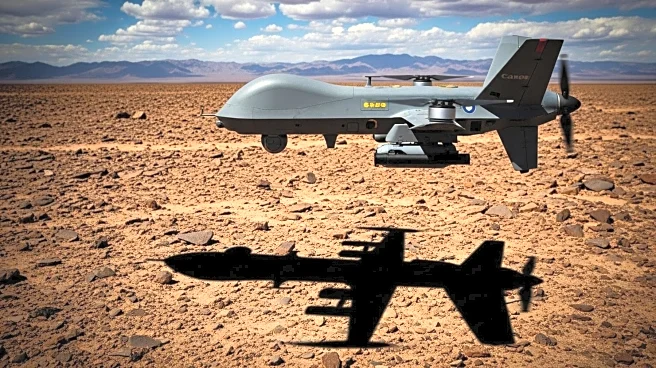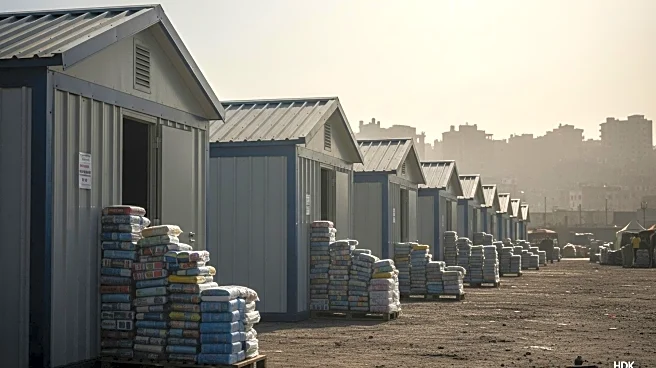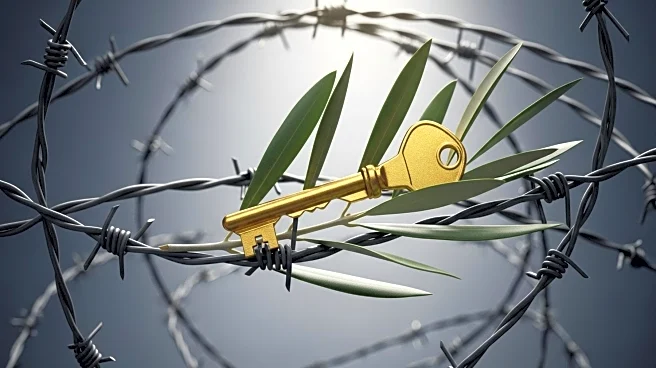What's Happening?
A Gazan boy, Abdul Rahim Muhammad Hamden, previously reported as killed by Israeli troops, has been found alive, according to the Gaza Humanitarian Foundation, which is funded by the U.S. government. The boy, known as Aboud, was falsely claimed to have been killed by Israeli soldiers in May by Tony Aguilar, a former contractor with UG Solutions. Aguilar's claims were debunked after the boy was located living with his birth mother. The foundation confirmed the boy's identity through biometrics and criticized Aguilar for fabricating the story, which endangered the boy's life. Aguilar was terminated for misconduct and ejected from a Senate Foreign Relations Committee hearing for disruptive behavior.
Why It's Important?
The revelation that the boy is alive challenges the credibility of claims made by Aguilar and highlights the dangers of spreading unverified information. This incident underscores the importance of thorough fact-checking in media and public discourse, especially concerning sensitive geopolitical issues. The Gaza Humanitarian Foundation's efforts to locate the boy demonstrate the potential impact of misinformation on individual lives and international relations. The situation calls for media outlets to reassess their reporting standards and issue corrections where necessary.
What's Next?
The Gaza Humanitarian Foundation may continue to work on ensuring the boy's safety and addressing the misinformation spread by Aguilar. Media outlets that reported Aguilar's claims might face pressure to issue retractions and apologies. The incident could lead to increased scrutiny of humanitarian operations and the verification processes of claims made in conflict zones. Policymakers and civil society groups may push for more stringent measures to prevent the spread of false information.
Beyond the Headlines
This case highlights ethical concerns regarding the exploitation of vulnerable individuals for personal gain. It raises questions about the responsibilities of contractors and organizations in conflict zones and the potential consequences of their actions. The incident may prompt discussions on the role of media in shaping public perception and the ethical obligations of journalists and influencers in verifying information before dissemination.











